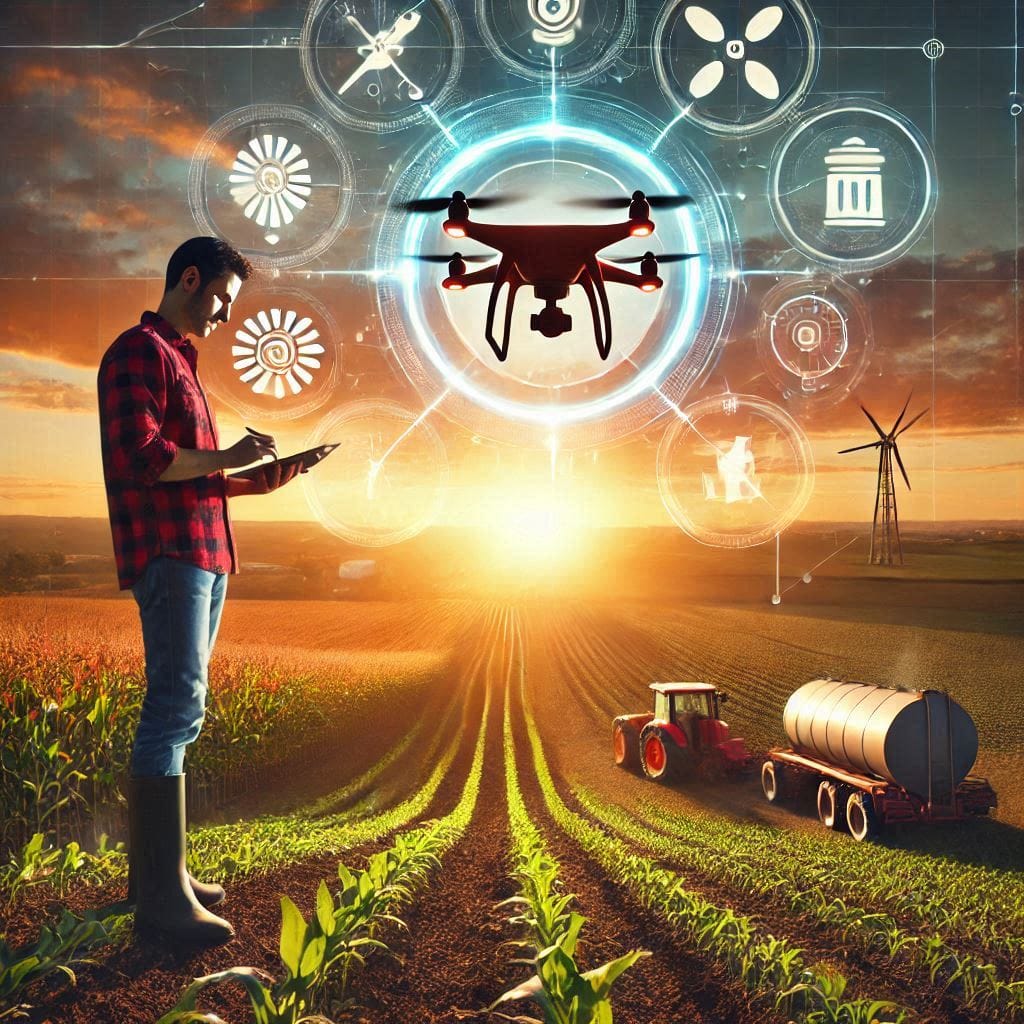
Top 5 Benefits of Using Drone Technology for Agriculture in 2024-As we move further into 2024, technology continues to reshape industries, and agriculture is no exception. One of the most exciting innovations in modern farming is the use of drone technology for agriculture. Drones, once considered an advanced tool for military and recreational use, have now become essential in farming operations. From boosting efficiency to promoting sustainability, drones are transforming the agricultural landscape. In this article, we will explore the top 5 benefits of using drone technology for agriculture in 2024.
1. Improved Crop Monitoring and Health Assessment
One of the primary benefits of drone technology for agriculture is its ability to monitor crop health more efficiently and accurately than traditional methods. Drones are equipped with high-resolution cameras and multispectral sensors, which can capture detailed images of crops from the sky. These images allow farmers to assess plant health in real-time, detecting problems such as pest infestations, disease outbreaks, or nutrient deficiencies before they become serious issues.
For example, drones can detect subtle changes in plant color or growth patterns that are invisible to the human eye. By identifying these issues early on, farmers can take targeted actions, such as applying pesticides or fertilizers only where they are needed. This precision reduces chemical use, saves money, and helps maintain the health of crops, leading to higher yields and more sustainable farming practices.
2. Precision Agriculture for Better Resource Management
Precision agriculture is all about using data to manage and optimize farming practices. Drone technology for agriculture plays a critical role in this concept by providing farmers with highly accurate, real-time data about their fields. By flying over crops, drones collect detailed information on soil moisture levels, plant health, and other environmental factors.
With this data, farmers can make more informed decisions about when and where to irrigate, fertilize, or apply pesticides. This precision reduces the waste of water, fertilizers, and other resources, resulting in cost savings and less environmental impact. For instance, if a certain section of a field is more water-stressed than others, a drone can highlight that area for targeted irrigation, ensuring that water is used efficiently without over-watering other parts of the field. (Read More: How Zen Technology Drone is Redefining Precision in Industrial Inspections)
3. Increased Efficiency and Time Savings

Farmers often have to manage large areas of land, and manually inspecting fields can be both time-consuming and physically demanding. Drone technology for agriculture drastically increases efficiency by allowing farmers to survey vast areas in a fraction of the time it would take to walk or drive through the fields.
For example, a drone can cover several acres of land in just a few hours, while a farmer might take days to do the same manually. This time savings is invaluable, especially during critical farming seasons. With real-time aerial imagery, farmers can quickly identify areas that require attention and take action immediately, reducing the time spent on unnecessary tasks and allowing them to focus on more important aspects of farm management. (Read More: The Impact of EOS Technology Drone on Environmental Monitoring and Conservation Efforts)
4. Enhanced Pest and Disease Control
Managing pests and diseases is an ongoing challenge for farmers, and early detection is key to preventing widespread damage. Drone technology for agriculture has become a game-changer in pest and disease management, providing farmers with the tools they need to spot issues before they spiral out of control.
Drones equipped with multispectral sensors can capture images that reveal early signs of pest infestations or disease in crops. By flying over fields and scanning for these issues, drones help farmers detect problems in their early stages, long before visible symptoms appear. Early detection means farmers can apply targeted treatments, reducing the need for widespread pesticide or herbicide use. This not only saves money but also helps to protect beneficial insects, reduce chemical exposure, and promote environmentally friendly practices. (Read More: How EOS Technology Drone is Revolutionizing Aerial Photography in 2024)
5. Sustainability and Reduced Environmental Impact
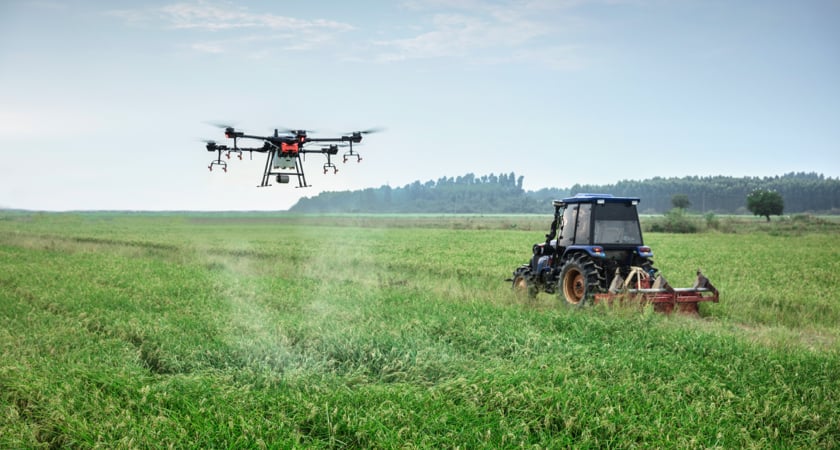
Sustainability has become a central focus in agriculture, and drone technology for agriculture is playing a significant role in helping farmers adopt more sustainable practices. By using drones, farmers can reduce the use of water, fertilizers, and chemicals, which not only lowers costs but also minimizes the environmental footprint of farming.
For example, drones enable precision irrigation, which ensures that water is applied only to the areas of the field that need it the most. This minimizes water wastage and helps conserve this precious resource, especially in areas prone to drought. Additionally, drones help farmers reduce their reliance on chemical inputs by enabling more targeted and precise applications. By minimizing the use of pesticides and fertilizers, drones help farmers maintain healthier ecosystems and preserve biodiversity.
Moreover, the data collected by drones allows farmers to monitor the long-term health of their soil, helping them make decisions that promote soil conservation and improve land productivity over time. With climate change and environmental challenges impacting agriculture worldwide, drones offer a crucial tool for sustainable farming practices.
Conclusion article Top 5 Benefits of Using Drone Technology for Agriculture in 2024
Drone technology for agriculture has quickly evolved from a novel concept to a must-have tool for modern farmers. In 2024, the benefits of drones are clearer than ever. From improving crop health monitoring and enabling precision agriculture to enhancing pest control and reducing environmental impact, drones are helping farmers make smarter, more sustainable decisions.
As drone technology continues to advance, its applications in agriculture will only grow, offering even more ways to boost efficiency, productivity, and sustainability. Whether you’re a large-scale commercial farmer or a smaller, family-run operation, incorporating drone technology into your farming practices can lead to higher yields, cost savings, and a more sustainable future for the agriculture industry. In a rapidly changing world, drones are proving to be an invaluable tool for the farmers of today—and the future.

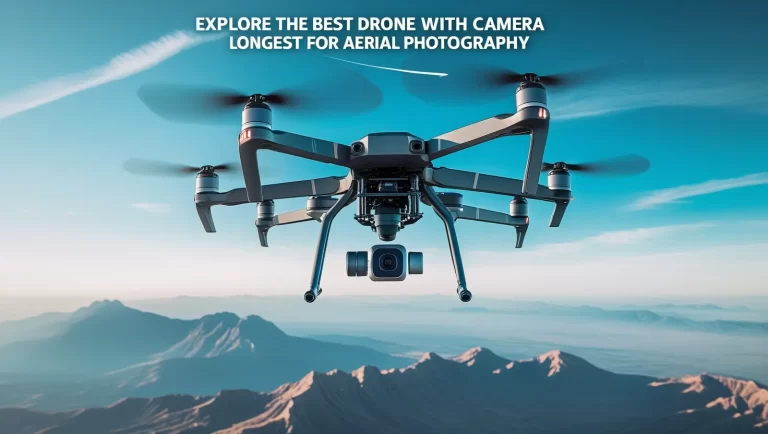
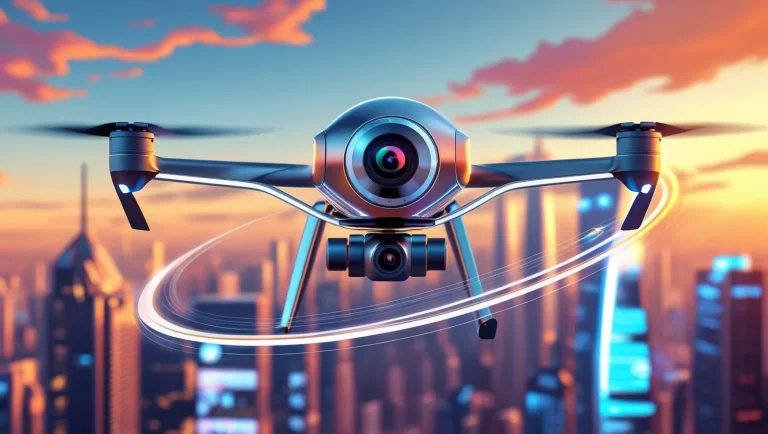
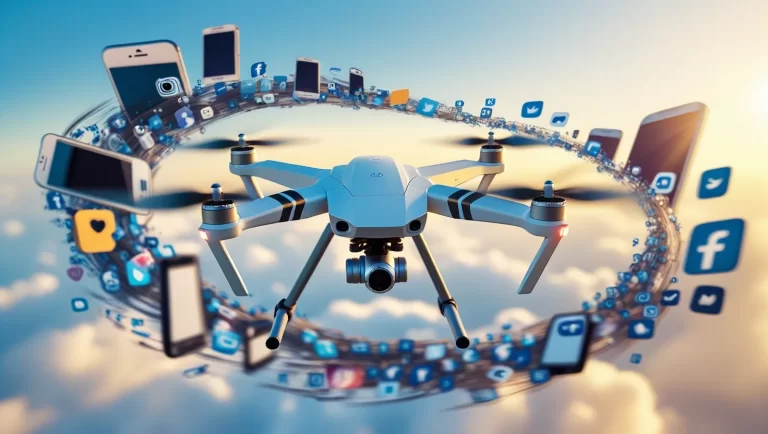
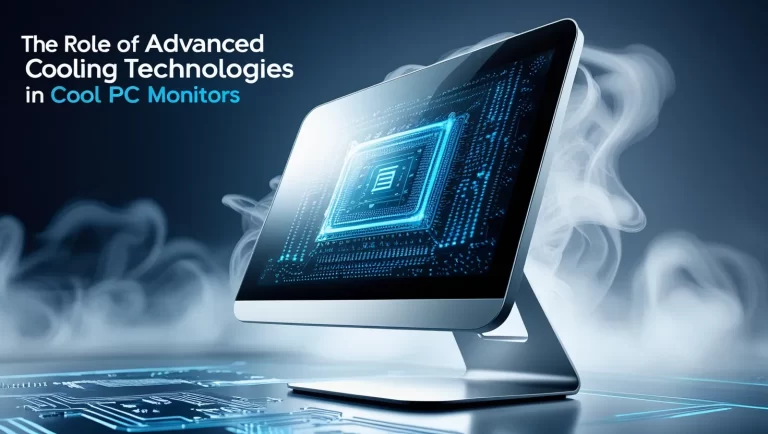

2 thoughts on “Top 5 Benefits of Using Drone Technology for Agriculture in 2024”